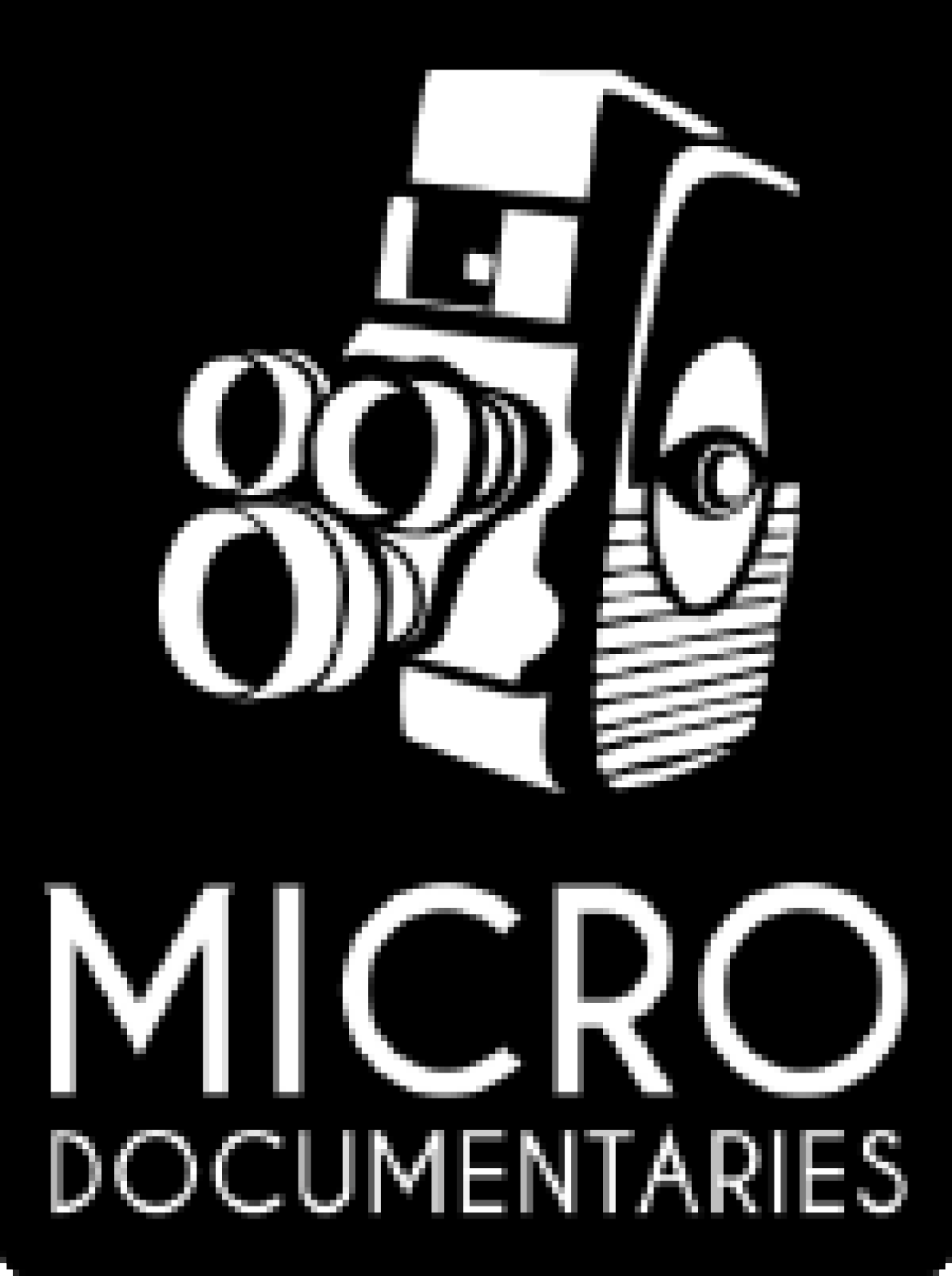Earlier this month I was invited by David Tames to give the opening talk at the Making Media Now 2013 conference in Boston, which was organized by Filmmakers Collaborative. The theme for this year’s conference was “Living the Connection Economy” and explored how to make media that stands out amidst the onslaught of communication in our everyday lives. Our Senior Director of Productions, Preeti Deb, attended the conference with me and here shares her reflections.
John Gierson, widely accepted as the father of British and Canadian documentary film, defined the documentary form as the “creative treatment of actuality.” At the Making Media Now Conference in Boston, we were reminded of just how varied and exciting the creative treatment of actuality is today. Alongside feature-length documentaries now shine webisodes, micro-documentaries, YouTube shorts, and a host of other avatars of the documentary tradition. Never before have their been so many ways to capture the truth of what you’re doing on film and online.
Various panels and keynotes reiterated this theme over the course of the day. One of the most exciting new forms of film to be highlighted was interactive documentaries. Sarah Wolozin, director at MIT’s Open Documentary Lab, detailed the new participatory culture that we live in. She said that audience members today are not just viewers but creators of content along with documentary filmmakers. Bear 71 and Journal of Insomnia are pathfinders in this interactive space and both let the viewer direct their own journey as they choose where to go and what to see. Amazingly, the Journal of Insomnia invites you to surrender a part of your night and will only allow you access at the time of your nocturnal appointment. (I must confess I still haven’t been able to get in because I keep missing my appointment!). A new member of the Micro-Documentaries family, Elaine McMillon, discussed how her film Hollow is a community project that uses film as a vehicle of expression.
At another panel, Natasha Deganello Giraudie, our CEO, reminded us about the power of the personal connection – a trait that we strive to embody in our micro-documentaries. She shared a recent experience at the Ebenezer Baptist Church in Atlanta, where Dr. Martin Luther King once preached. While she was there, she heard a story about how when Dr. King was seven-years-old, he was upset that his white friends were no longer allowed to play with him. His mother comforted him by saying they just didn’t realize that we are all the same, but that soon the world would change. It was then that Martin Luther King’s dream was first born. As a seven-year-old boy he dreamt that a day would come when “little black boys and black girls will be able to join hands with little white boys and white girls as sisters and brothers.” Several decades later he shared this same dream with the rest of the world, a dream that came true with the Civil Rights Act of 1964. The story exemplifies the power of the personal narrative to connect a speaker with an audience.
One other talk of note was the Media Communities panel, during which game designer Nick Fortugno, who was present via Skype, talked about living and working in the virtual world. The panel tried to answer the question of whether human interactions (or the lack thereof) make a difference to the art form. The short answer: Yes, digital changes the game. The panel talked about how the incidentals of human interaction are hard to replicate with technology. And they impressed upon the need to use the digital medium to stay up to date with what’s going on. Twitter, said Nick, isn’t going anywhere anytime soon.

